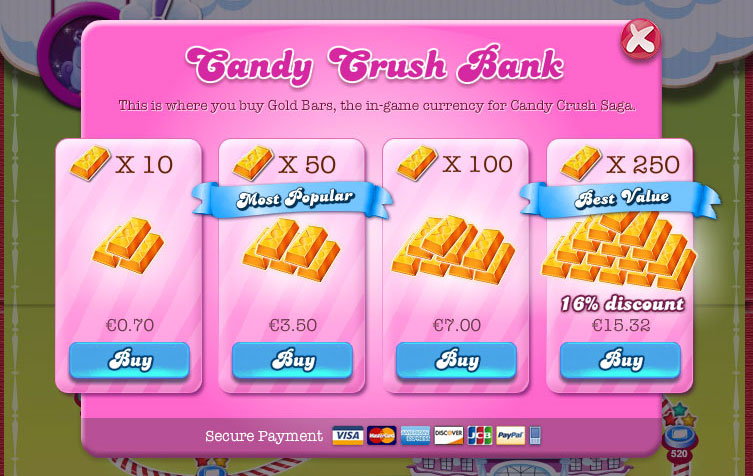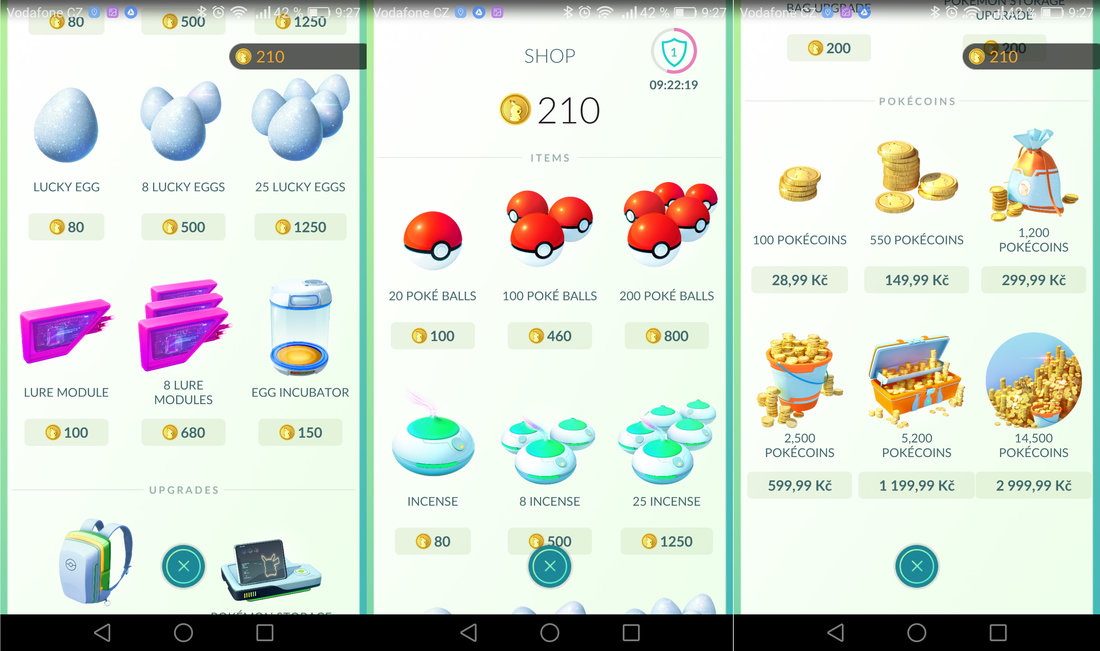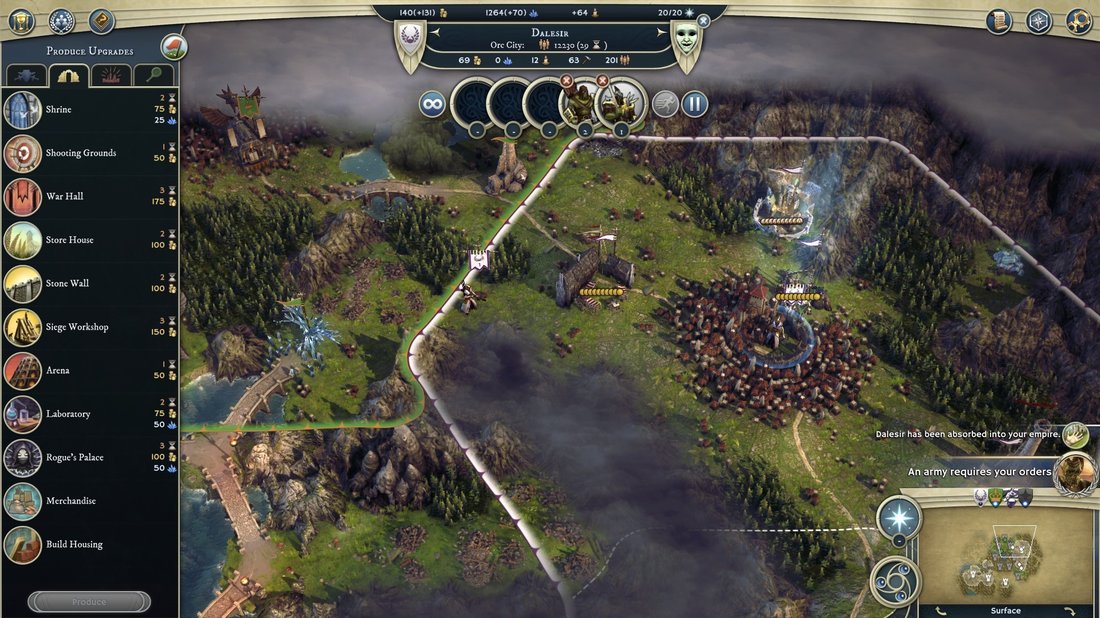http://www.tinker-entertainment.com/sitavriend/psychology-and-games/can-there-be-too-many-choices/
Last week I wrote an article on the dual-process theory which covered how we make decisions. This week I’ll discuss if it is possible to have too many options to choice from. As you know from last week’s article people can use system 1 thinking to narrow down their options and then use system 2 thinking to make the actual decision. It is important to narrow the options down to just a couple since system 2 is effortful and slow. Unfortunately, narrowing down your options is getting more difficult in this day and age. This is exactly what choice overload is about: there is just too much to choose from.

Choice overload was first mentioned by Iyengar and Lepper (2000) when they conducted a study about people choosing jams. They compared two conditions where people could sample a number of jams in a supermarket. During condition 1 the researchers displayed 6 different flavors of jams and during condition 2 there were 24 different flavors to choose from. During both conditions people were given coupons to buy the jams with as well. They found that when they displayed 24 different flavors, 60% of the people tasted but from those only 3% went on to buy a jam. Surprisingly, when only 6 flavors were displayed 40% of people tasted but a whopping 30% of those people bought a jam. Iyengar and Lepper concluded that people are initially attracted by many options but then had a difficult time choosing. We are better at choosing when we are presented with fewer options. This surprising result let Schwartz (2004) to develop the idea of choice paradox. Choice paradox states that people like the idea of more options but when you are given more options they have difficulty choosing. The idea takes into account that all options are somewhat equal and that not choosing is also an option. Both the choice paradox and choice overload are related to the dual-process theory. If we want to make the most optimal decision based on reason and logic we have to rely on system 1 thinking. However this system of thinking can only help when there are just a few options to choose from (Payne & Bettman, 2004).
Why do we experience choice overload?
Of course we need to have lots of options to experience overload. So many options that we get overwhelmed and decide not to choose. But why do we get overwhelmed? Why can’t we just make a decision? If all options are equal in some way than there is no optimal choice. We won’t have a problem choosing if one of the options is better than the others in some way. Another problem is that when we choose anything we limit our freedom. People tend to react negatively to the limitation of their freedom, we don’t like it. This reaction is known as reactance. Keeping your options open and not choosing means we don’t have to feel bad because of reactance.
Age of Wonders 3 – a micromanagement game
During my internship I worked on Age of Wonders 3, a strategy game with a huge number of options. As a player you can decide on which strategies to use but there are also options to customize your hero, chose a race, a class etc. There are many choices the player has to make right from the start. According to the choice overload theory, there probably are too many choices for a newbie. But a fan of the series would be used to it. They expect the next Age of Wonders to have more options and features. Furthermore, the nature of the strategy game ensures that while there are many options, they aren’t balanced equally and not all options are unlocked right from the start. Take for example the units, not all units will be unlocked right from the start of a session. The player has to unlock them by doing research or building the right city structure. Once the player processes, there the option of units increases. Early-game units will be less attractive to players since units that are unlocked late game are much stronger.

Micromanagement games – design tips and suggestions
Just like last article, micromanagement games are the ones to look out for when it comes to the choice overload theory. Strategy games, city builders and many simulators can benefit from many well-balanced choices but can also overwhelm the player. However, games are a bit special in a way because a wrong choice can easily be undone. Players can simply by going back to a previous save or restart the game. But still games can have so many options right from the start that players get overwhelmed and quit the game. Luckily there is a way to maintain a large number of options and reducing choice overload at the same time. Break up the choices the player can make into a series of choices, each with a limited number of options (Besedes et al. 2014). You can do this in the form of categories like for example Tropico does.
Pokemon Go – a mobile game
Think about Pokemon Go, which was a very successful game in many countries last summer (2016). They kept the number of items in the shop limited. They didn’t add 8 different options for the number of pokeballs you can buy, there are just 3 options. You either buy 20, 100 or 200 poke balls at a time. The different options for the number of coins you can buy is also limited. They have 6 different options for buying coins. Although I would have opted for 4 different options (for choice overload sake), I can understand they chose 6 to increase the money with small steps for the player.
Mobile games – design tips and suggestions
Especially mobiles games in which players can buy items should keep the choice overload theory in the back of their mind. You don’t want your players to be overwhelmed by the many item they can buy. In that case, players will view not buying as their best option. It is the cheapest option for them anyways. Keep the number of options small especially when they have equal value within your game. You can also add a ‘recommended’ or ‘best value’ label to certain items to make them stand out. An option with such a label will seem like a more optimal choice to the player. Do you still want your players to have many options? Consider selling a few package deals: boxes that contain several items (random) items.

References
- https://www.youtube.com/watch?v=qosYJvMZJFA
- Besedeš, T., Deck, C., Sarangi, S., & Shor, M. (2015). Reducing choice overload without reducing choices.Review of Economics and Statistics, 97(4), 793-802.
- Schwartz, G., Ward, A. H., Monterosso, J., Lyubomirsky, S., White, K., & Lehman, D. (2002). Maximizing versus satisficing: Happiness is a matter of choice. Journal of Personality and Social Psychology, 83, 1178-1197
- Iyengar, S. S., & Lepper, M. R. (2000). When choice is demotivating: Can one desire too much of a good thing?.Journal of personality and social psychology, 79(6), 995.
- Payne, J. W. & Bettman, J. R. (2004). Walking with the scarecrow: The information-processing approach to decision research. In D. J. Koehler & N. Harvey (eds), Blackwell Handbook of Judgment and Descision Making. Malden, MA: Bkackwell Publishing.
- Scheibehenne, B., Greifeneder, R., & Todd, P. M. (2010). Can there ever be too many options? A meta-analytic review of choice overload.Journal of Consumer Research, 37(3), 409-425.

